Which outdoor activity is best for you this summer?
We examine the pros and cons of 9 popular outdoor activities to help you choose your next adventure
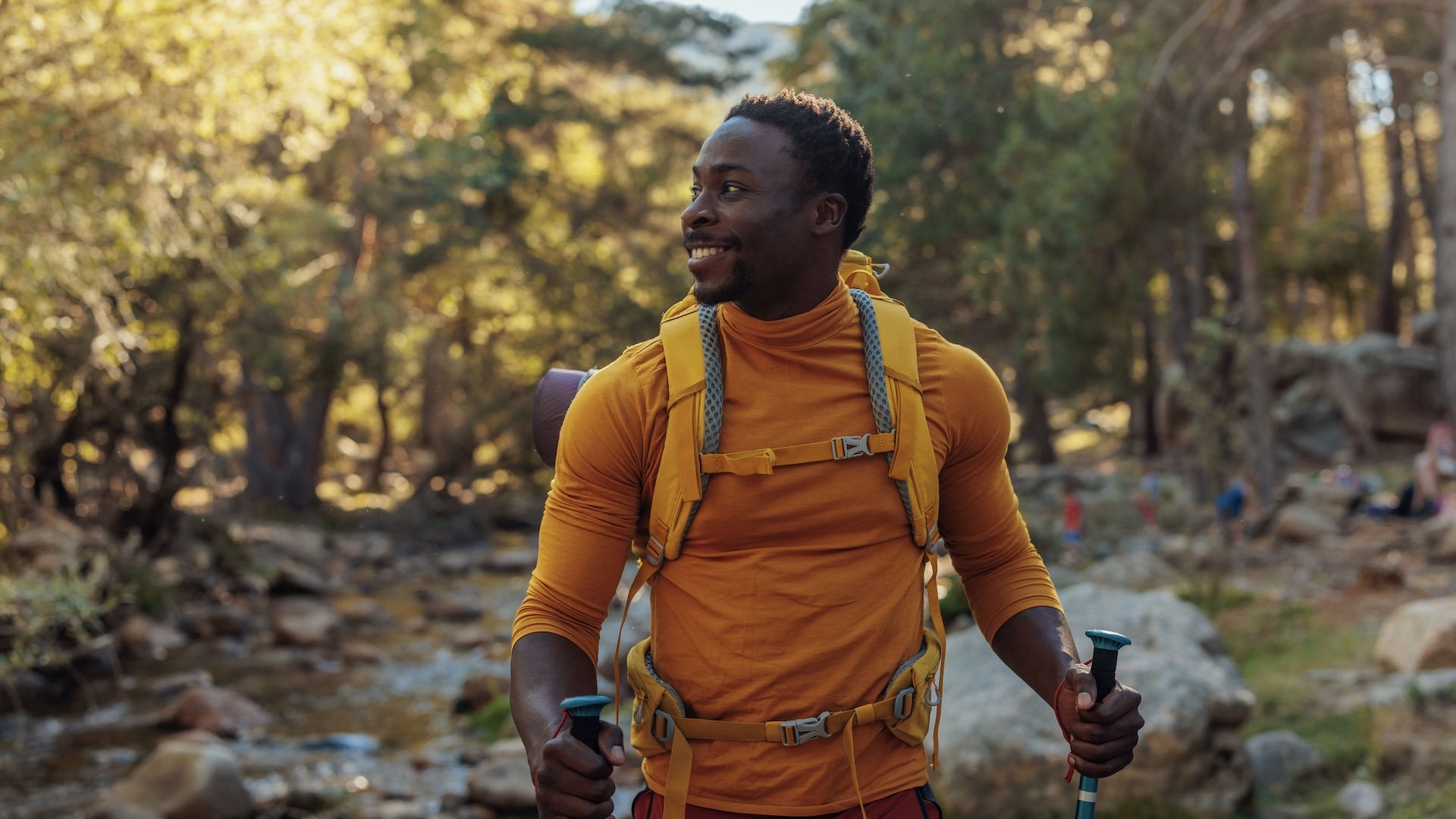
There’s a pretty good chance you’re going to get outdoors this summer. Between the weather, the proven benefits of green exercise, the lifestyle habits we developed during lockdown and the rising costs of everything else, more and more of us are seeking leisure time in the outdoors. So it’s hardly a question of whether you’re going to get outside but rather, what are you going to do when you get there?
Will you don a pair of trail running shoes and try mountain running? Head to the crag and get on belay? Engage in a spot of wild swimming perhaps? Or get out on two wheels for a bikepacking adventure? There are so many outdoor activities to choose from and it can be tough to know what to do, especially if you’re new to the outdoors. There’s nothing worse than investing in a whole new kayaking set up because it looks rad only to discover that you actually hate water sports. So how do you choose?
When it comes to taking up a new outdoor activity, we always recommend two things. First, try out what your friends are already doing, so that you’ll have a built-in community and people to guide you and help keep you safe. Second, for gear-intensive activities, rent equipment first and head out with a guide to see if you like it before you commit. With all of that said, if you’re exploring your options for milder weather adventures, in this article, we weigh in on some of the most popular summer activities to help you choose the best one for you.
1. Hiking

Of all the outdoor activities, hiking is arguably the most accessible and versatile. It’s accessible because at its heart, it’s just walking, only out in the countryside, so if you’ve got two legs you should be able to do it. It does require you being able to reach some aspect of the countryside, so if you live in Manhattan, it will take more forethought, but it doesn’t have to mean living in the Rocky Mountains either. You can go hiking in the hills, along the coastline and beach or through nearby forests.
Now, those who prefer activities like paragliding and free soloing might think hiking is a bit boring, but truly it’s one of the most versatile activities out there. You can go for a soft hike in the countryside or make it more challenging by tackling technical summits like Colorado’s most difficult 14ers. A hike can be long or short, steep or mellow and if you wear the right clothing, you can do it in any weather. You can head out on a day hike or you can bring your tent and go backpacking.
Hiking also allows for ample thinking time, though we realize that may not be your jam. While it might not require the same technical skills as rock climbing, there are some hiking skills you’ll want to refine as you go, however, such as navigation.
Though it’s safer to hike with others, it is an activity you can do alone. Hiking is great for those who love slow adventures, magnificent views and like to take the time to appreciate the small things in life. We like to think hiking is a great option for everyone, unless you hate walking, that is.
All the latest inspiration, tips and guides to help you plan your next Advnture!
What do you need for hiking? A good argument for hiking is that you probably already own a lot of the gear you need, since you can get started with regular workout clothes and shoes with good grip. For safety, we always recommend bringing the 10 essentials for hiking, but at minimum, make sure you have sturdy hiking boots, a waterproof jacket and a comfortable hiking backpack.
2. Trail running
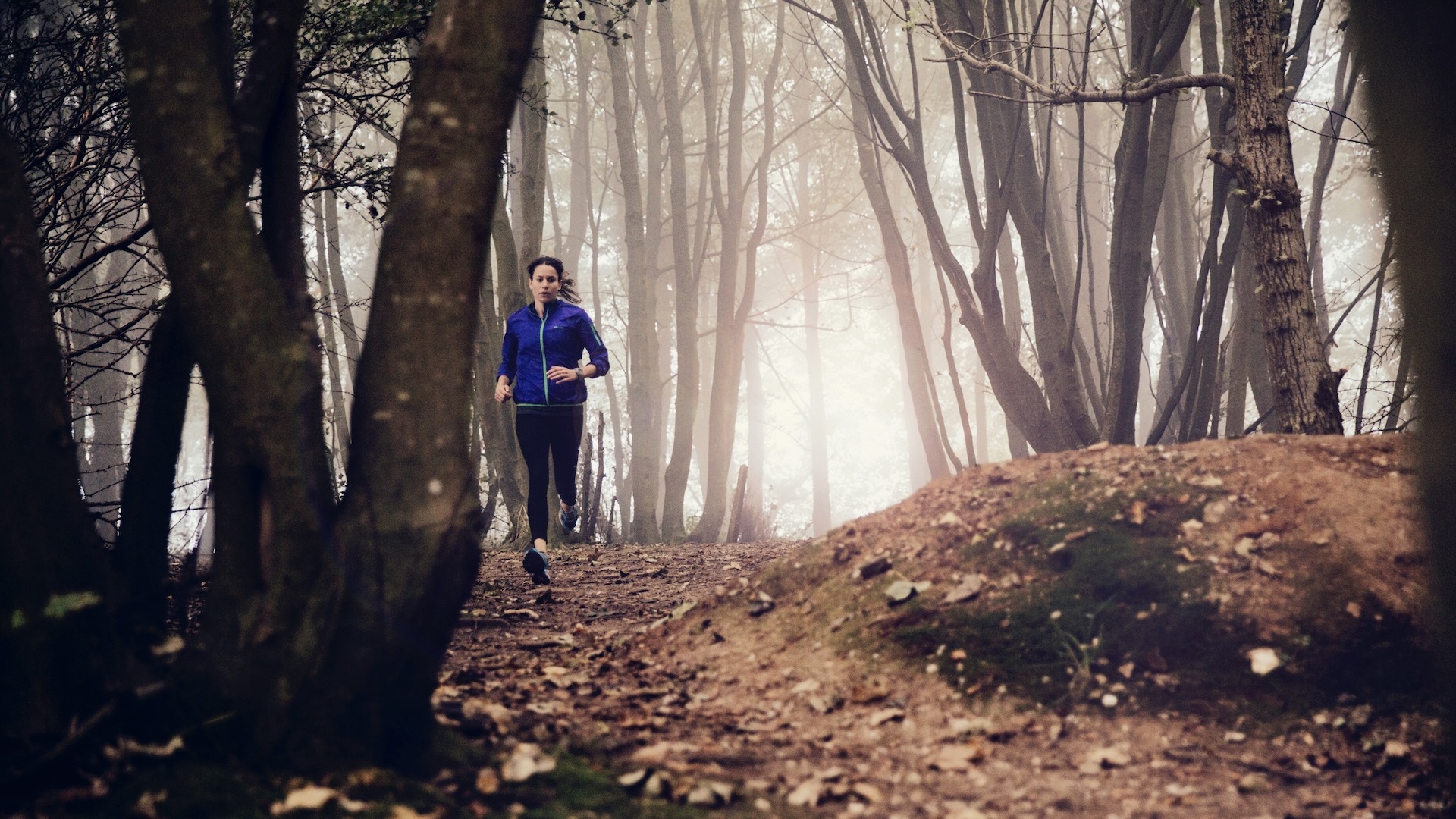
If hiking sounded pretty good to you, but perhaps not quite as fast or exciting as you tend to like things, consider trail running instead. In a lot of ways, it’s just hiking with lighter shoes and a (slightly) faster pace, though a lot of trail runners hike the steep sections and run the flats and downhills. Trail running really refers to any outdoor running that takes place off the roads. Compared to hiking, trail running lets you see a bit more in a shorter space of time – your running pace might be triple that of your hiking pace, so what you can see in a three-hour hike you can see in a one-hour run. That buys you two hours for doing other things, like laundry, making trail running great for those who like to be efficient.
It’s also great exercise, forcing your muscles to work harder on the soft terrain than they do on tarmac. It’s versatile in the same way as hiking, because you can do it on various types of terrain such as forests, beaches and mountains. You really don’t need much gear to get started that you don’t already own, and if you get on the trail and discover you hate it, you can always just go for a walk instead.
What do you need for trail running? If you’re going to be running on uneven ground where you could slip or stub your toe on a tree root, it’s a good idea to get yourself a pair of trail running shoes with sturdier soles and more foot protection than your road running shoes. That’s all you’ll need at first, but once you start running for more than an hour you should definitely look into getting a hydration pack too.
3. Scrambling
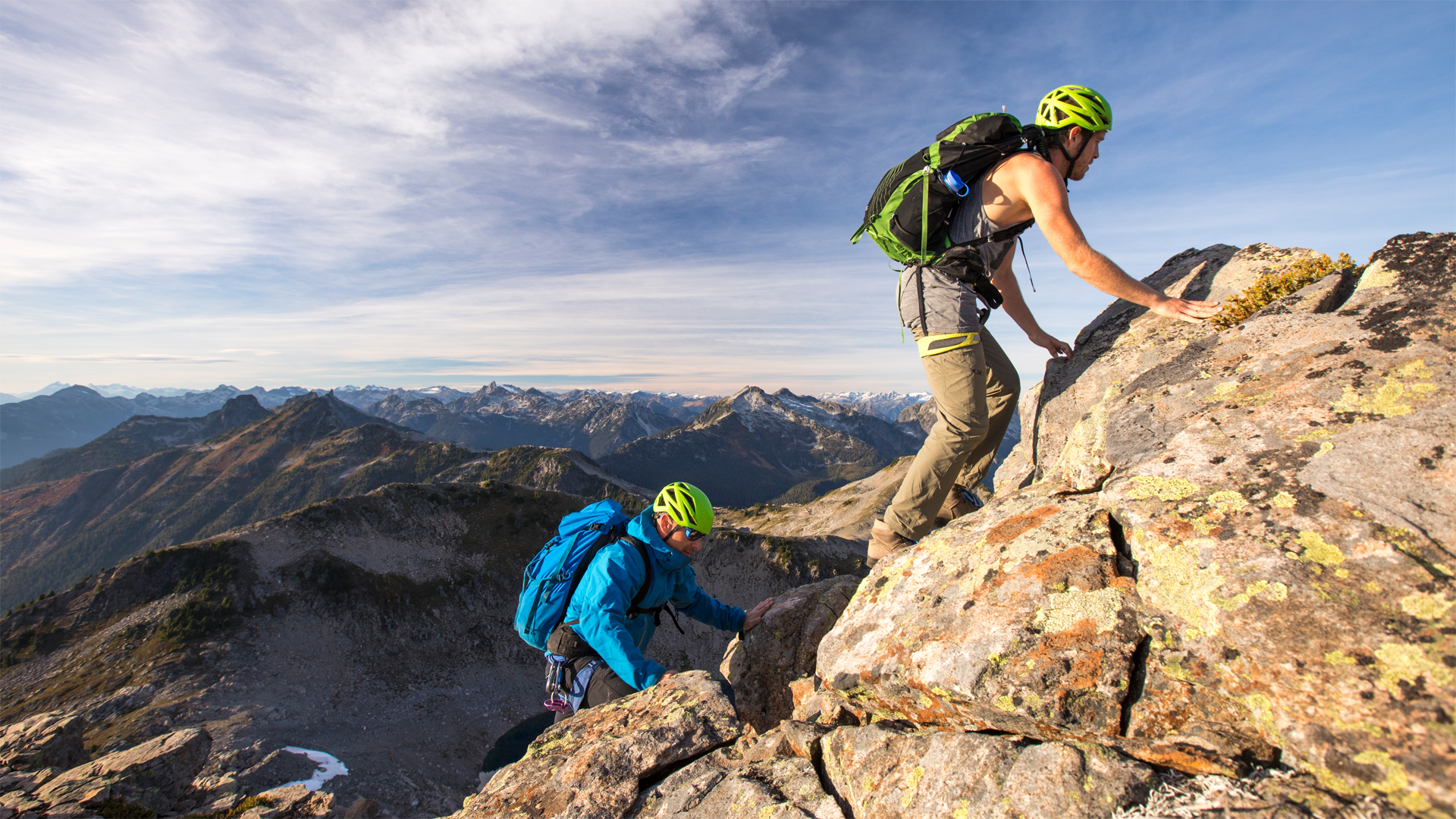
According to a recent survey by Blacks, scrambling has seen the biggest boom in interest of any outdoor activity this year. What is scrambling? Basically it’s where walking meets mountaineering and involves the ascent or descent of rough, rocky terrain. Scrambling is perfect for anyone looking to add more thrill to their hikes. Depending on where you are, scrambling can add a little or a lot of risk – even though you’ll use your hands as well as your feet, you won’t always be roped up (though you can be).
If you’re looking for a little more adventure than a regular hike offers but you don’t want to scale vertical walls like Spiderman or have to get to know tons of new gear, scrambling is a great way to add a little spice to your adventures.
It’s not really separate from hiking, so you’ll probably need to commit to some hiking to get some scrambling in, but the good news is that you can often bypass the scrambling on a hike if you decide it’s not your cup of tea after all. It’s a bit like a gateway drug to rock climbing, and you can usually find a spot of scrambling in areas like Colorado 14ers, Scottish Munros and in the Lake District in England.
What do you need for scrambling? Mostly you’ll need the same gear as you need for hiking, including hiking shoes, while if you’re going to be doing steeper and more exposed scrambles, you’ll need a rope and harness, and you should always wear a helmet for scrambling.
4. Rock climbing

If everything so far is sounding a little too dull for your liking and you’re the type of person that likes to clamber up on everything you come across, from trees in the forest to portaloos at music festivals, there’s a good chance you’re going to love rock climbing.
There are loads of types of free climbing, from bouldering where you aren’t roped and stay closer to the ground to trad climbing where you place your own gear in the wall. Since we’re talking about outdoor activities here, it’s worth noting that you can’t easily climb in all weather, which is why so many climbers head for dry places like California, Utah and Colorado, but of course you can climb indoors when it’s rainy, making climbing more versatile than it first appears.
Climbing is definitely a pretty exhilarating outdoor activity, though it should be noted that in between the exciting parts where you’re hanging from a rock roof, there’s a lot of standing around on the ground on belay. You’re also dependent on others to help you do it unless you’re free soloing and that might take some time. It’s generally a gear intensive sport, so there’s some cost and expertise involved, and of course you need access to cliffs, crags and boulders to do it, so it won’t really work if you live in Kansas. One way to bypass a lot of these hurdles is to choose bouldering, which requires less gear and means you don’t need a climbing partner.
What do you need for rock climbing? You’ll need rock climbing shoes, a harness, locking carabiners, a belay device and a helmet to get started, as you'll usually start with a more experienced friend’s rope. For bouldering, you just need the shoes and a helmet, plus a crash pad.
5. Mountain biking
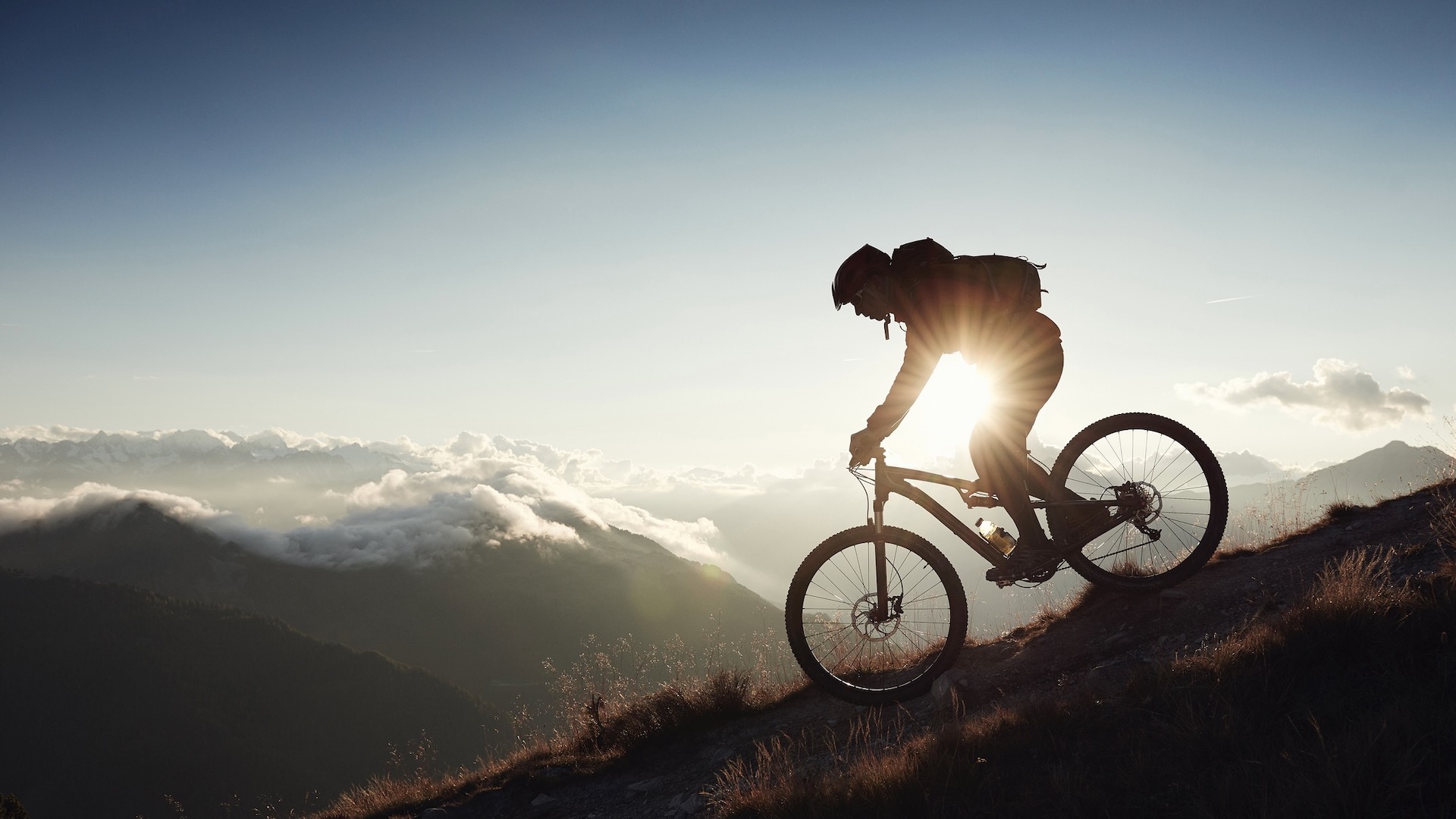
If you find footsports boring and slow, you need wheels, and no, we don’t mean rollerskates. Mountain biking is the speed demon’s way to discover the trails and it definitely ups the ante compared to the other activities we’ve mentioned so far. Not every trail allows mountain bikes, and in fact, most hiking trails strictly prohibit it, so you won’t be able to access all the places you can on foot, but some National Parks like Canyonlands and Redwood are starting to allow it, while ski resorts make great mountain biking terrain in the summer months (often with a ride up in the chairlift) and mountain bike parks are cropping up everywhere.
If you’re an adrenaline junkie, you’ll be pretty focused on the downhill aspect, but you can also get an incredible workout by riding your bike up mountains too. The chances of breaking a collarbone or wrist are probably increased, but for those who love it, there’s nothing better.
What do you need for mountain biking? You need a good bike to go mountain biking, and that’s going to be a pricey first purchase, plus you’ll need a helmet and padded shorts.
6. Bikepacking
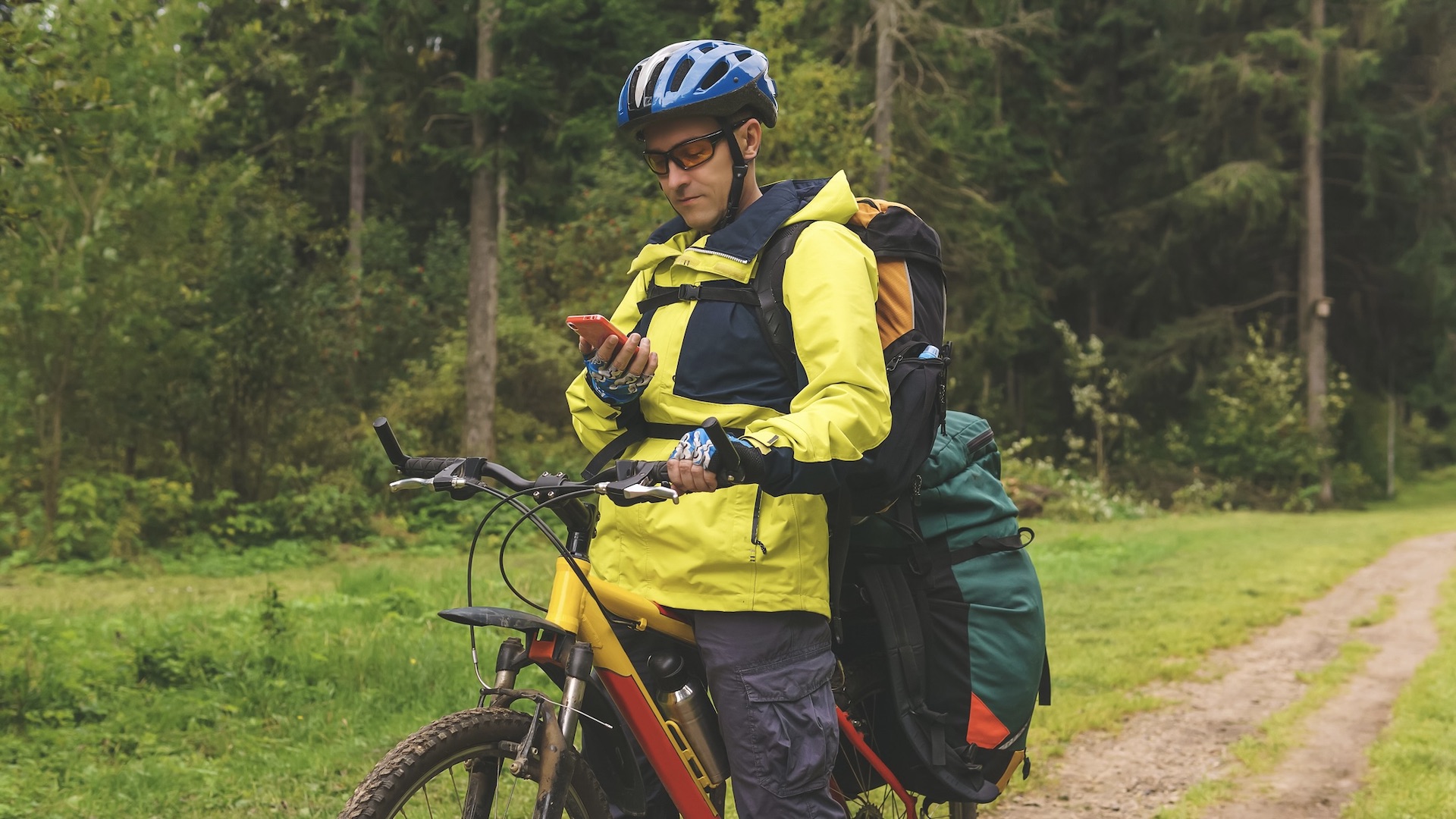
If the idea of moving fast appeals to you but you don’t quite have the stomach for flying down a mountainside at 20 mph, there’s a less wild two-wheeled adventure for you to consider: bikepacking. Bikepacking is like cycle touring, but your gear fits neatly to bags attached to your bike frame giving you freedom to roam all kinds of terrain. You’ll be best off with a mountain or gravel bike that can handle rough terrain, but you can also make use of roads and country paths where bikes are allowed – and when night falls, you just pull out your tent and set up camp.
Bikepacking is a great way to explore long distance routes that might take you weeks or even months on foot. Though not every trail will allow it, more and more people are bikepacking on the Continental Divide Trail, the West Highland Way and El Camino. A trail that might take a week on foot could be covered in two or three days on a bike, meaning bikepacking more easily fits into a busy schedule.
What do you need for bikepacking? An obvious downside to bikepacking is you’ll need to make a pretty big investment to get started, including a bike and bikepacking bags.
7. Wild swimming

So far, we’ve stuck to crossing land on foot, belay and on wheels, but of course when it comes to outdoor activities, there’s an entire world of water sports, too. The cheapest and most accessible water sport to get into is wild swimming, assuming you know how to swim that is, and it’s growing massively in popularity, especially in the UK. Wild swimming takes place in natural bodies of water like the sea, lakes and rivers. It can involve a quick dip or swimming longer distances such as between two islands.
Those who love wild swimming extoll the benefits of cold water immersion and that refreshing tingly feeling that follows a chilly dip, but needless to say, there’s a fair bit of risk involved with freezing cold water, slick rocks and dangerous undercurrents, not to mention water borne bacteria like Giardia.
It’s another activity that you really shouldn’t do alone, but if you have a friend that will swim with you, it can be incredibly therapeutic and accessible. As long as you’re near water, you can enjoy wild swimming, though the water in high altitude zones may never really get warm enough for you to enjoy this sport, unless you’re Wim Hof.
What do you need for wild swimming? You almost certainly already own a swimsuit, so all you really need are some water shoes. A safety buoy is a good idea and for long swims and cold water, you might want to get a wetsuit too.
8. Paddle boarding
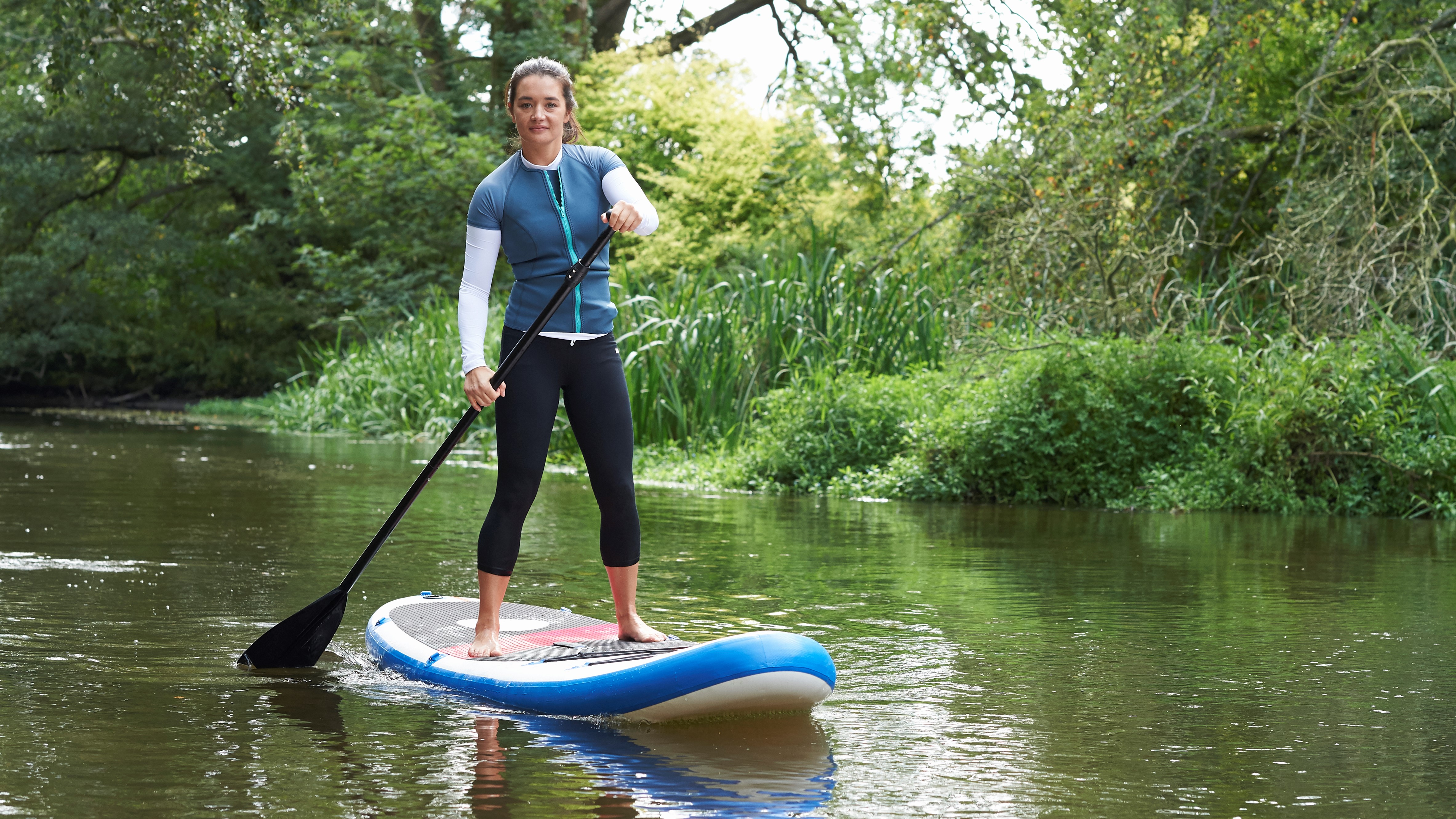
Let’s say you love the idea of a water activity, you just don’t want to spend a lot of time actually in the water, or the water is deathly cold where you live. You might want to try paddle boarding. This peaceful water sport got hijacked by yogis a few years ago who turned it into an opportunity to snag Instagram photos of themselves doing headstands on paddle boards, which is unfortunate. It’s better to do your headstands at home (or never, if you like your neck) and get on your paddle board standing or kneeling so you can focus on the actual paddling.
In truth, unless balancing is already very tricky for you, paddle boarding can seem a little dull if you do it on a reservoir or lake, especially if the views aren't amazing, but take it out on the sea or even a river if you have the nerve and you’ll have lots of fun.
It’s a great way to improve your core strength and balance, it usually takes place in beautiful places and whenever you want to take a break, you can lie down on your board or take a dip. You do need a paddle board, a means of transporting it and access to water, so it’s not the most accessible item on the list, but the good news is it’s easy to hire a board and test it out before you invest.
What do you need for paddle boarding? You need a lot of gear, including a paddle board, pump, paddle and personal flotation device, as well as add-ons like a dry bag and a safety whistle.
9. Camping
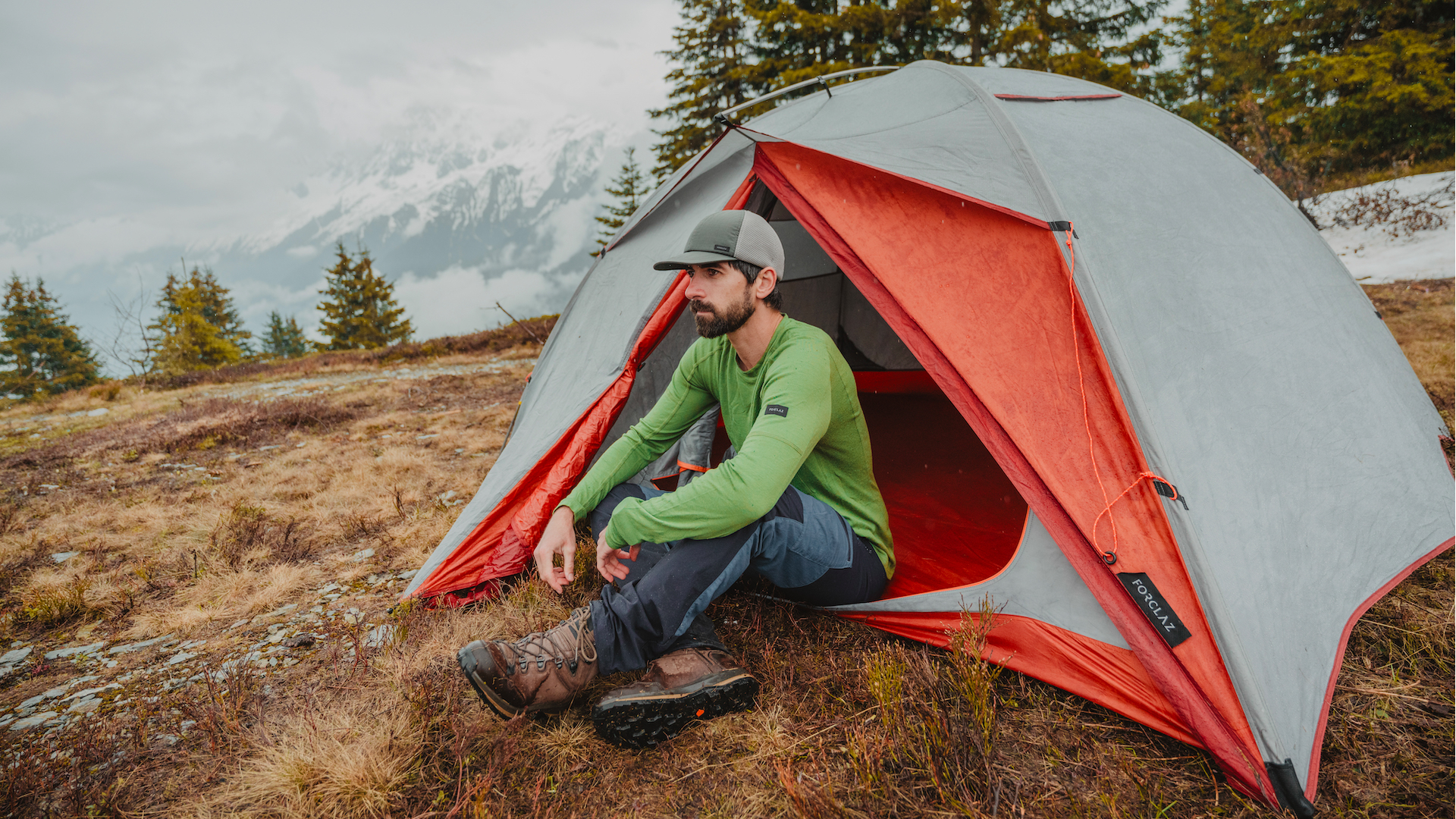
Let’s bring things down a notch. You want to get outside because you love spending time in nature but you don’t need to actually conquer the outdoors. Sure, there’s bird watching and doing yoga outside, but perhaps the best way for you to immerse yourself in the outdoors without the added adrenaline of scaling summits is to just go camping.
Camping is just a broad term for sleeping and living outdoors. It most commonly involves sleeping on the ground in a tent, but it can be more rustic – you build a natural shelter – or more luxurious, where you sleep in a pre-existing yurt or cabin, otherwise known as glamping. It can be part of literally any of the other activities on this list, or a standalone event where you head out into the wild (or to a developed campground), set up camp and just live outdoors for a few nights. You can walk, cycle or drive to your campsite. Therefore, camping is for anyone who wants to unplug and spend more time outdoors and away from screens, regardless of your athletic ambitions.
Camping does involve a fair bit of kit, unless you’re ready to get into bushcraft, but luckily for you camping gear has really come a long way in recent years, and there’s never been a better time to get into camping as far as we’re concerned. Sleeping in your own tent will also save you money on hotels, so in the long run it’s a great option for anyone on a tight budget.
What do you need for camping? At a minimum, you should start with a two-person tent even if you’re going to be camping alone, a sleeping pad and sleeping bag for your sleep system, plus a camping stove to cook your meals and a headlamp for moving around at night. If you’re driving to your campsite, invest in a camping chair too for sitting round the campfire at night.
Julia Clarke is a staff writer for Advnture.com and the author of the book Restorative Yoga for Beginners. She loves to explore mountains on foot, bike, skis and belay and then recover on the the yoga mat. Julia graduated with a degree in journalism in 2004 and spent eight years working as a radio presenter in Kansas City, Vermont, Boston and New York City before discovering the joys of the Rocky Mountains. She then detoured west to Colorado and enjoyed 11 years teaching yoga in Vail before returning to her hometown of Glasgow, Scotland in 2020 to focus on family and writing.

